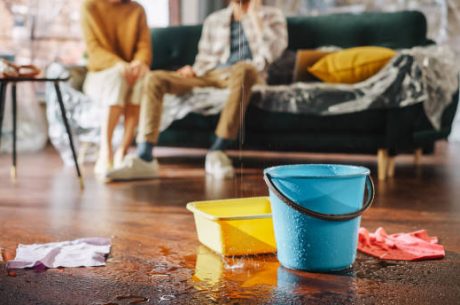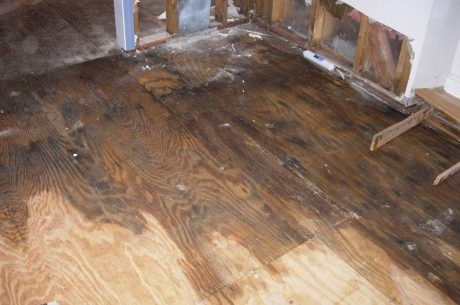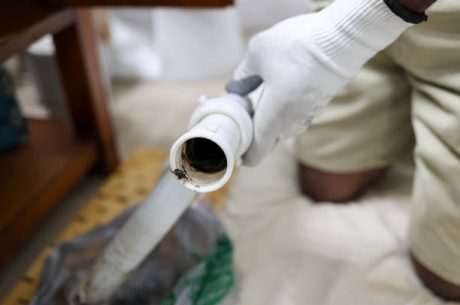Table of Contents
Flood Damage Repair in Santa Rosa Beach Starts with Action
When water invades your home, it leaves behind more than puddles—it introduces structural damage, health risks, and an overwhelming list of to-dos. Flood damage repair isn’t just about cleanup—it’s about reclaiming your space, safely and quickly.
I’ll never forget the 3 AM call from my sister during hurricane season last year. Her voice shook as she described waking up to ankle-deep water in her living room. That moment marked the beginning of a crash course in flood damage recovery, and it changed how I look at home safety forever.
If you live in or around Santa Rosa Beach, you know how fast storms can turn from mild to catastrophic. Knowing what to do after the water rises can be the difference between salvaging your home—or gutting it.
The First 48 Hours: Why Flood Damage Repair Timing Matters
The clock starts ticking as soon as the water stops rising. In just 24–48 hours, water begins damaging drywall, warping wood, and triggering mold growth. Your flood damage repair priorities during this window are:
- Ensure safety – Don’t reenter until the home is cleared for hazards
- Shut off power and gas
- Document damage – Photos, videos, and itemized lists are essential for insurance
- Start extraction – The faster you remove standing water, the less damage occurs
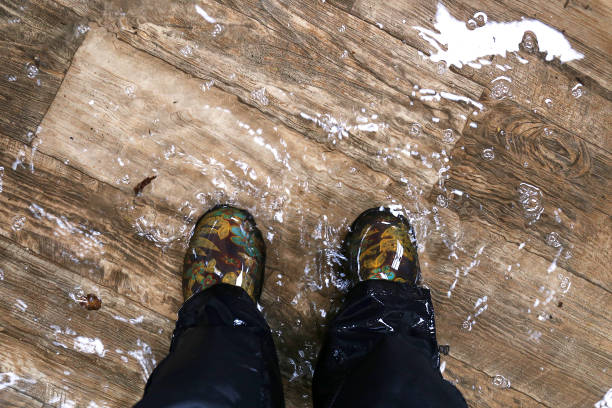
Restoration teams like PuroClean of Santa Rosa Beach can deploy industrial-grade extractors and dehumidifiers in hours—cutting drying time and damage drastically.
What Kind of Water Are You Dealing With?
Not all water is equal—and it changes the strategy.
Category 1: Clean Water
From broken pipes or overflowing sinks. Still needs fast action but is less hazardous.
Category 2: Gray Water
From appliances or minor flooding. May contain bacteria and requires proper sanitation.
Category 3: Black Water
Includes storm surge, sewage backups, and rising water from outside. Highly contaminated. Requires full-scale flood damage repair with protective gear and advanced cleaning.
Learn more about EPA water damage categories here
The 7 Essential Flood Damage Repair Steps
1. Full Damage Assessment & Documentation
Before anything is touched, professionals take photos, notes, and moisture readings to identify the full scope of the issue. This includes moisture behind walls or under floors—places you might not even think to check. A thorough report becomes your insurance claim’s best friend, helping you recover costs faster.
2. Fast, Thorough Water Extraction
Using pumps that remove hundreds of gallons per hour, PuroClean teams start at the lowest levels and move systematically. Specialized tools help extract water from carpet pads, hardwood, and tight spaces without immediate removal—saving time and materials.
3. Drying and Dehumidification
Surface water may be gone, but moisture can still be embedded in building materials. Left unchecked, this leads to mold. Professionals calculate exactly how many air movers and dehumidifiers are needed based on your home’s square footage, humidity levels, and materials. This stage typically lasts 3–5 days and is critical to your long-term indoor air quality and safety.
4. Cleaning and Disinfecting
Floodwaters carry contaminants—even from a clean source. That’s why thorough sanitization is part of every quality flood damage repair process. We use:
- EPA-approved antimicrobials
- Air scrubbers to remove mold spores and dust
- HEPA vacuums
- HVAC duct sanitation (if needed)
Read CDC’s flood cleanup safety guide for more on health risks after flooding.
5. Demolition of Unsalvageable Materials
Some things just can’t be saved—especially drywall, insulation, or particle board flooring soaked above the 24-inch line. We remove what can’t be salvaged and preserve what can, reducing your overall restoration costs.
6. Rebuilding & Restoration
Now the home begins to feel like home again. Depending on the extent of damage, this phase may involve:
- New drywall and trim
- Flooring replacement
- Electrical inspections
- Painting and finishing
Many homeowners take this chance to upgrade to flood-resistant materials—an investment in peace of mind.
7. Mold Prevention Strategies
Santa Rosa Beach homes are high-risk for mold due to humidity. That’s why flood recovery includes:
- Follow-up inspections
- Dehumidifier recommendations
- Ventilation adjustments
- Mold-resistant paints or drywall in vulnerable areas
When DIY Isn’t Enough
If you’ve ever thought about handling a water emergency on your own, here’s what professional flood damage repair adds to the table:
- Commercial-grade equipment (10x faster than consumer units)
- Infrared cameras and moisture meters
- Safe handling of contaminated materials
- Insurance documentation and billing support
- Mold prevention tools and follow-up
DIY might be tempting, but the long-term risks—structural damage, persistent odors, and hidden mold—just aren’t worth it.
Flood Damage Repair and Insurance: Know Before the Storm
Important: Most standard homeowners’ policies don’t cover flooding. A separate NFIP or private flood policy is required for coverage.
Tips:
- Call your insurer immediately
- Keep all receipts
- Get an itemized estimate from your restoration company
- Consider hiring a public adjuster for major losses
Frequently Asked Questions About Flood Damage Repair
Q: Can I live in my home during repairs?
Depends on the damage and water contamination level. Clean water? Maybe. Black water? Likely not.
Q: How long will full restoration take?
Typical drying takes 3–5 days. Full rebuilding can take 2–6 weeks depending on damage.
Q: What should I do first if my home floods?
Ensure safety, shut off power, call PuroClean at (850) 399-3380, and document everything for insurance.
Q: Can mold still appear after flood damage repair?
Yes—if moisture isn’t completely removed. That’s why professional drying and follow-up inspections matter.
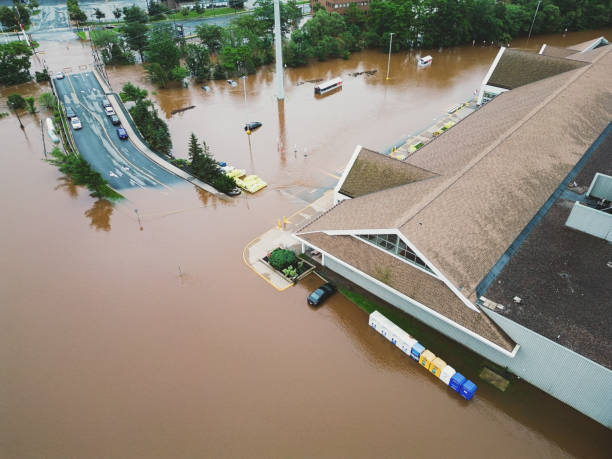
Trust Santa Rosa Beach’s Local Flood Experts: PuroClean
When a flood hits, your stress level surges. But you don’t have to figure it out alone. PuroClean of Santa Rosa Beach provides expert, fast-response flood damage repair that helps protect your home, your health, and your future.
Why homeowners trust us:
- 24/7 local emergency response
- IICRC-certified technicians
- Advanced drying and sanitization equipment
- Direct insurance billing
- Clear, step-by-step restoration plans
📞 Call (850) 399-3380 now to get started—or schedule a no-obligation moisture inspection. We’re here to help when every minute counts.

